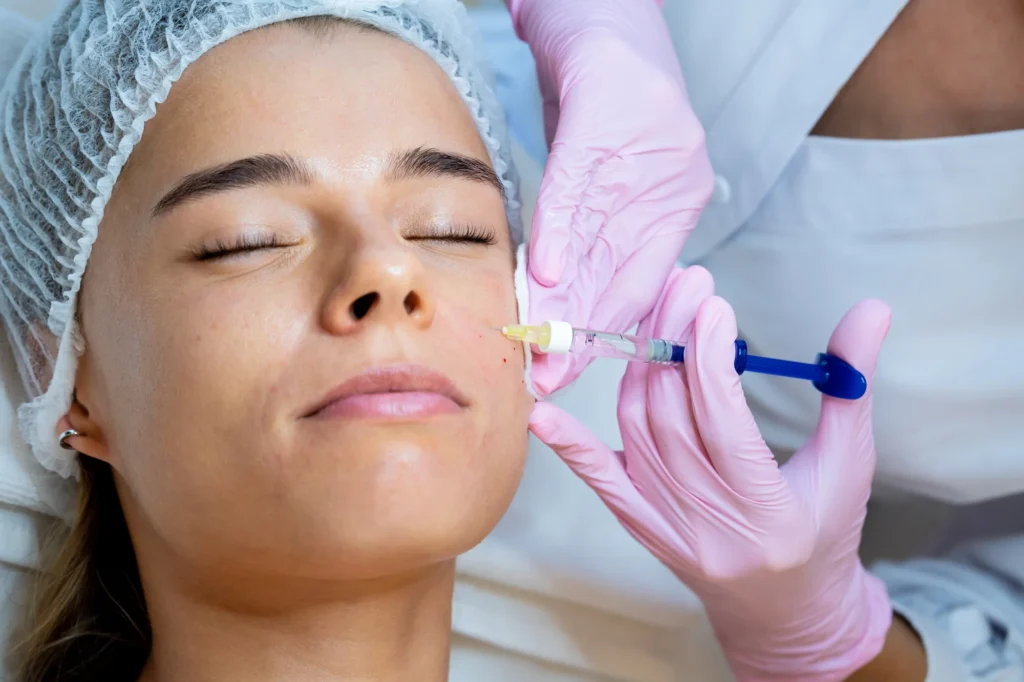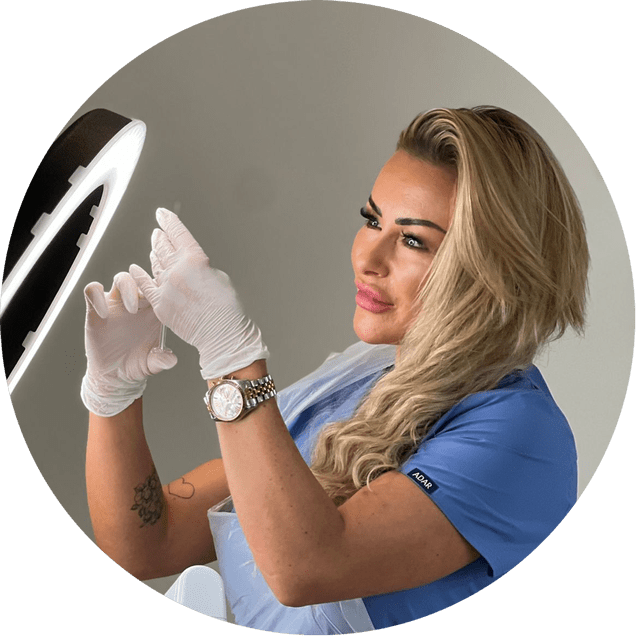A fascinating history that spans over two centuries
Discovery of Botulinum Toxin: In the early 19th century, German physician and poet Justinus Kerner first identified botulinum toxin as the neurotoxin responsible for the potentially fatal condition known as botulism. He recognized its potential medical applications but lacked the means to purify and utilize it safely.
Isolation of Botulinum Toxin: In the late 19th century, Belgian scientist Émile Pierre van Ermengem successfully isolated and identified the bacterium Clostridium botulinum, which produces botulinum toxin. This laid the groundwork for further research into the toxin’s properties
Biological Weaponry: During World War II, botulinum toxin, the active ingredient in Botox, was investigated by various military forces for potential use as a biological weapon. Botulinum toxin is one of the most potent toxins known to humans and can cause botulism, a potentially fatal condition characterized by muscle paralysis and respiratory failure.
The United States and other countries conducted research into weaponizing botulinum toxin for military purposes. One of the primary considerations was its ability to incapacitate enemy soldiers by inducing muscle paralysis. In particular, aerosolized forms of botulinum toxin were studied for their potential to be dispersed over enemy troops or populations, causing widespread paralysis and incapacitation.
However, despite these efforts, botulinum toxin was never deployed as a biological weapon during World War II. The logistical challenges associated with effectively delivering and dispersing the toxin, as well as concerns about its uncontrollable nature and potential to affect friendly forces and civilians, likely contributed to its abandonment as a weapon of war.
After the war, research into botulinum toxin shifted towards medical and therapeutic applications, eventually leading to its development as a treatment for various medical conditions and, later, its cosmetic use for wrinkle reduction. Today, Botox is primarily known for its medical and aesthetic benefits rather than its historical association with biological warfare.
Medical Applications Begin: In the 1960s, researchers began exploring the therapeutic potential of botulinum toxin. Dr. Alan B. Scott, an American ophthalmologist, conducted experiments using botulinum toxin injections to treat strabismus (crossed eyes) and discovered its ability to relax muscles temporarily.

FDA Approval for Medical Use: In 1989, the U.S. Food and Drug Administration (FDA) approved botulinum toxin type A (Botox) for the treatment of strabismus and blepharospasm (uncontrolled blinking). This marked the first official medical approval for the use of Botox.
Expansion into Cosmetic Use: In the early 2000s, ophthalmologist Dr. Jean Carruthers and dermatologist Dr. Alastair Carruthers observed the cosmetic benefits of Botox when treating patients for eyelid spasms. They noticed that Botox injections also reduced the appearance of wrinkles and fine lines around the eyes. This serendipitous discovery led to the exploration of Botox for cosmetic purposes.
FDA Approval for Cosmetic Use: In 2002, the FDA approved Botox for the cosmetic treatment of moderate to severe frown lines between the eyebrows (glabellar lines), making it the first botulinum toxin type A product to receive approval for cosmetic use.
Continued Research and Development: Since its initial approvals, Botox has become one of the most extensively researched and widely used cosmetic treatments worldwide. Other formulations of botulinum toxin, such as Dysport and Xeomin, have also been developed and approved for both medical and cosmetic indications.
Today, Botox is renowned for its effectiveness in temporarily reducing the appearance of wrinkles and fine lines by relaxing facial muscles. It remains one of the most popular nonsurgical cosmetic procedures globally, with millions of treatments administered each year.





